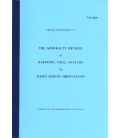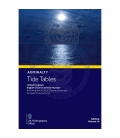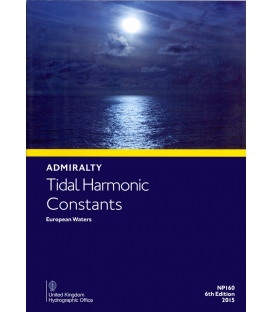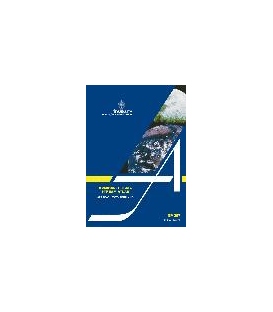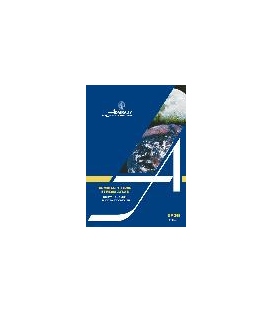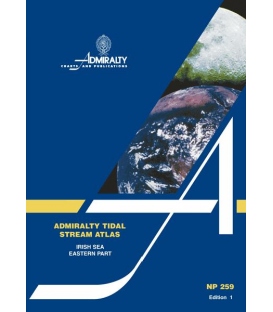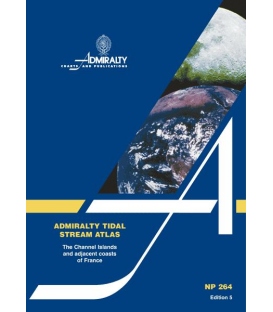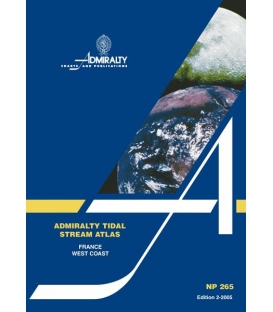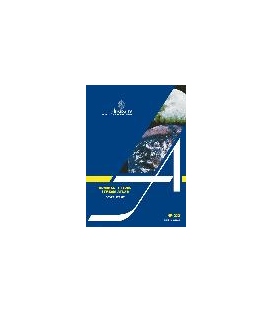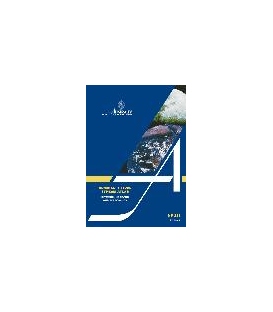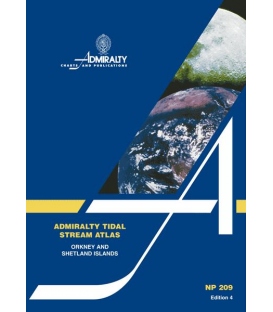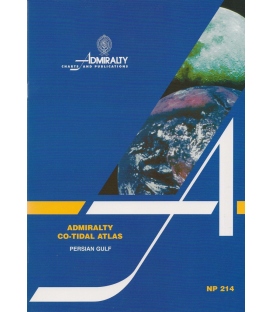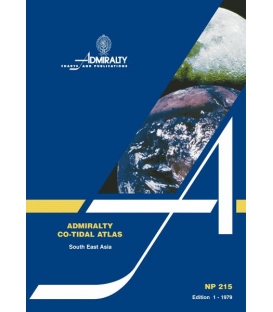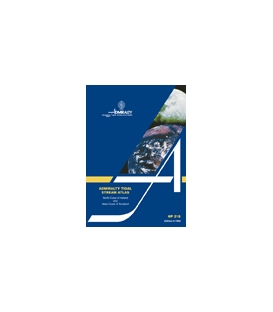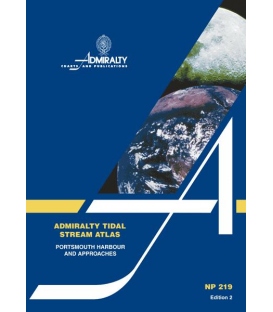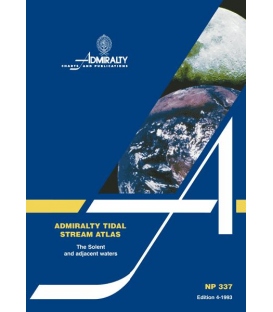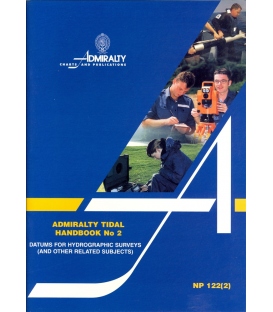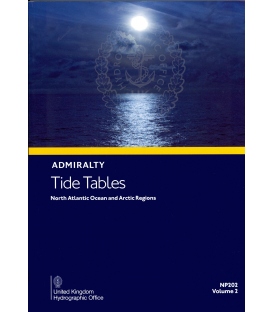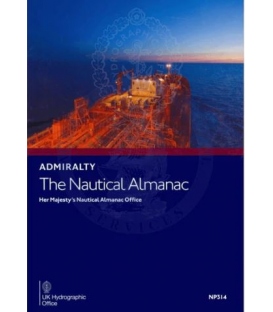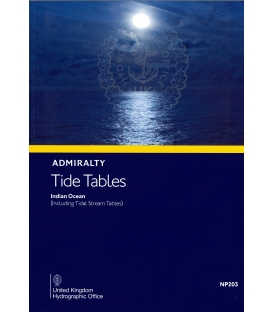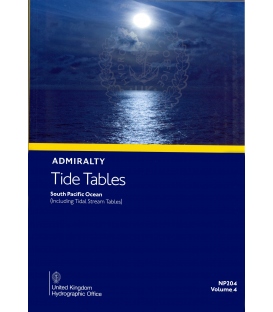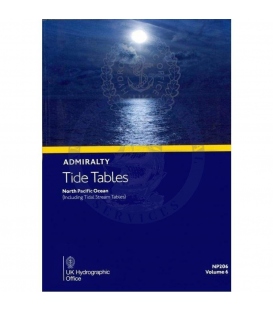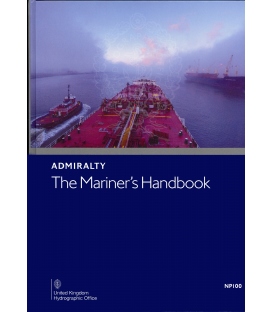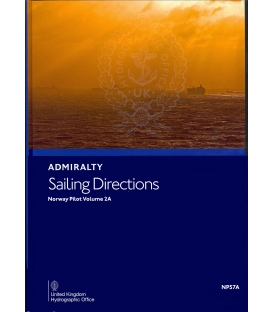

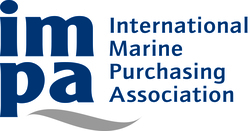
Sign up for our Newsletter
NP120 Admiralty Manual of Tides
ISBN: 978-0-70-772-1248 (9780707721248)
| Admiralty Chart Catalogue | Admiralty Publications | |
 |
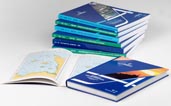 |
NP120 Admiralty Manual of Tides
In recent years tidal theory has developed very rapidly and methods of analysis and predictions of tides have been improved to such a degree that the need has arisen for an exposition of these modern developments in a form suitable for instruction as well as general reading. This Manual has therefore been compiled with a view to the exposition of these matters, particularly for the benefit of hydrographic surveyors and naval officers in general. The adoption of the Admiralty method of predicting tides and tidal streams has made the need for such a book even more evident, and the authors of that method were therefore requested to prepare a general Manual, which would be intrmediate in character between books too elementary for service needs and books which are too mathematical for officers with normal attainments and mathematics.
This manual is divisible into four parts:
1) The Theory of Tidal Forces and of Harmonic Methods (Chapters II to IX) ;
2) Practical Problems of Recording, Analysing, and Predicting Tides (Chapters X to XVI) ;
3) The Theory of Tidal Movements in Channels, Seas, and Oceans (Chapters XVII to XXV);
4) The Theory of Special Tidal Phenomena (Chapters XXVI to XXIX) ;
The large subject of ocean currents has not been included, as it would involve many considerations pertaining more to Oceanography than to Tides, and having little bearing on tidal theory, but the more transient phenomena of meteorogical surges has been considered in the Manual.
| CONTENTS | |
| CHAPTER I | |
| Introduction | |
| Preliminary remarks---Practice and theory---Qualitative and quantitative theories---Historical review---Descriptive terms | 1 |
| CHAPTER II | |
| The Tide-generating Forces | |
| The forces exerted upon a particle---The lunar attractive forces---The lunar tide-generating(or differential) forces---Formulae for components of tide-generating (or differential) forces---The genesis of tidal streams---Mathmatical investigation of the tide-generating (or differential) forces | 7 |
| CHAPTER III | |
| General Deductions from the Tractive Forces | |
| Diagrammatic representation of the lunar tractive forces---Variation of force at given point, hour by hour---Necessity for resolution into component forces---The effects of declination---General deductions concerning tides and tidal streams---Mathematical investigation of the variation of tractive force---Notes on the construction of stereographic diagrams | 17 |
| CHAPTER IV | |
| The Equilibrium Tide | |
| The equilibrium tide---The variations of the lunar equilibrium tide---Formulae for the equilibrium tide---The necessity for further analysis---Mathematical investigation of the equilibrium tide | 30 |
| CHAPTER V | |
| Motions of the Sun and Moon | |
| The motions of the sun and moon---Formulae for solar motions---Lunar motions---Relation between angles Z and a, z' and a' | 37 |
| CHAPTER VI | |
| Description of Harmonic Constituents | |
| Harmonic terms, simple and compound---Harmonic constituents of the lunar equilibrium semidiurnal tide---Harmonic constituents of the solar equilibrium semidiurnal tide---Harmonic constituents of the lunar equilibrium diurnal tide---Harmonic constituents of the solar equilibrium diurnal tide---Harmonic constituents for the equilibrium long-period tide---Nineteen-yearly variations---Definition of harmonic tidal constants | 44 |
| CHAPTER VII | |
| Harmonic Tidal Constituents | |
| Harmonic development of the equilibrium tide---List of harmonic constituents---Formulae for nodal variations---Definition of phase legs---First stages of development of lunar equilibrium tide---Second stage of development of lunar equilibrium tide---Third stage of development of lunar equilibrium tide---Harmonic development of the lunar-long period tide---Harmonic development of the solar equilibrium tide---Harmonic development of the solar long-period tide---Arguements in terms of Greenwich Mean Time | 50 |
| CHAPTER VIII | |
| Shallow-Water Tides | |
| The generation of shallow-water tides---Relation of shallow-water tides to primary tides---Shallow-water harmonic constituents---The importance of shallow-water constituents | 62 |
| CHAPTER IX | |
| The Admiralty Method | |
| The relation of the Admiralty method to the equilibrium forms---The variations in equilibrium relations---Brief description of the Admiralty method---The solar semidiurnal tide---The lunar semidiurnal tide---Use of transits for lunar semidiurnal tide---The diurnal tide---General remarks---Errors in use of transits instead of longitudes---Note on the computations of certain tables---Derivation of quantities, B, C, b, and c | 70 |
| CHAPTER X | |
| Tide Gauges and Current Meters | |
| The tide staff---Tide indicators---Tide wells---Dimensions of the well and orifice---Dimensions of float---The height recording mechanism---The time recording mechanism---Electrical recording gauges---Simple pressure gauges---Recording pressure gauges---Current observations---Current meters | 79 |
| CHAPTER XI | |
| Non-harmonic Terms | |
| Use of non-harmonic terms---Semidiurnal non-harmonic terms---Diurnal non-harmonic terms---Approximate harmonic constants---Harmonic equivalent for mean high water interval---Harmonic equivalent for mean low water interval---Harmonic equivalents for heights---Mean spring range and mean neap range---Mathematical investigation of harmonic equivalents on non harmonic constants | 93 |
| CHAPTER XII | |
| Datums | |
| Objects of a datum---Mean sea level---Land survey datum---Datums of hydrographic surveys | 100 |
| CHAPTER XIII | |
| Principles of Harmonic Analysis | |
| The data for harmonic analysis---Designation of a harmonic constituent---Analysis of a simple oscillation, free from casual error---Simple oscillations with casual errors---Analysis of mixed oscillations---Remarks on more elaborate methods---The general problem of analysis of tidal constituents ---The determination of daily values of mean sea level---Daily, monthly and annual processes---The reductions of short lenghts of observations---Deduction of harmonic constants | 103 |
| CHAPTER XIV | |
| The Predictions of Tides | |
| Non-harmonic methods---Computation by harmonic methods---Elementary principle of the tide-predicting machines---Gears and gear-ratios for the speeds of constituents---The harmonic motion---Counterpoises---Effects of friction in the pulleys---Reduction of frictional effects---Description of machine components---General description of Kelvin machine---General description of Lege or Roberts machine---Outline of procedure in using the machines---List of tide-predicting machines | 117 |
| CHAPTER XV | |
| Special Problems of Tidal Predictions | |
| Tides in shallow water---General account of shallow-water corrections---Special harmonic shallow-water constituents---Application to tides in shallow water---Tides in long rivers---Use of predicting machines for corrections---Other types of problems | 132 |
| CHAPTER XVI | |
| Tide Tables | |
| Historical account of tide tables---Supplementary tables concerning the basis of predictions---Supplementary tables to give heights at any time---Table of hourly heights---Standard predictions and the system interchange---The accuracy of tide tables | 137 |



